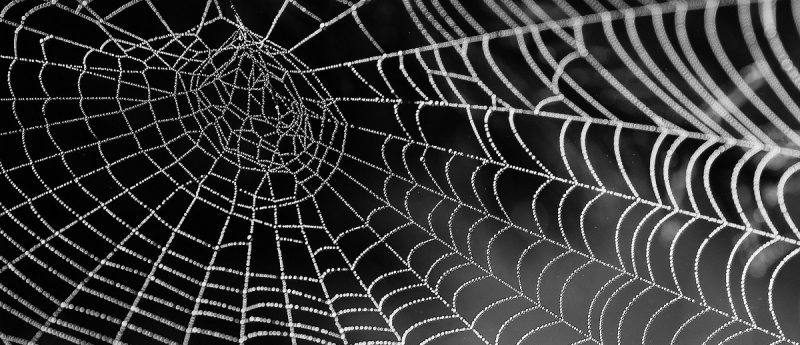Spider silk presents an attractive biomaterial for nerve and tissue repair

Spider silk has been successfully used to treat nerve injuries in an animal model, improving on current treatments by increasing the length of damage treated from 4cm to up to 6cm.
A scientist at Medical University of Vienna and Vienna General Hospital (both Austria) investigating the use of spider silk for nerve repair has found that, when injected into the veins of an animal model, the silk formed a longitudinal guide structure, repairing nerve damage over distances of up to 6cm and surpassing the effective distance of current treatments. Due to its tear-resistant, elastic, heat-stable, waterproof and antibacterial properties, spider silk is an attractive biomaterial.
The golden orb-weaver spider from Tanzania has silk more tear-resistant than nylon and four times more elastic than steel. The silk is also heat-stable up to 250ËšC, is waterproof and has antibacterial properties, making it a desirable material for biomedical research in treating extensive peripheral nerve injures. In this research, Christine Radtke, Professor, Plastic and Reconstructive Surgery (Medical University of Vienna/Vienna General Hospital), harvested the silk from 21 spiders but hopes to increase this to 50 spiders as the research progresses.
“The nerve fibers use the silk fibers to grow along in order to reconnect with the other end of the nerve. The silk provides the cells with good adhesion, supports cell movement and encourages cell division”, Radtke explained.
Previous work carried out by Radtke and colleagues at the Medical University of Hannover (Germany) developed a microsurgical technique to fill the veins with spider silk to form a longitudinal guide structure. An animal model showed the nerve fibers grew back in a functional way over distances of up to 6cm. This was achieved within 9 months and the material was shown to be both biodegradable and biocompatible. Harvesting the spider silk does not harm the spiders and was carried out once a week on average, with approximately 200m of spider silk obtained within 15 minutes. However, several hundred meters of silk are required to bridge a 6cm-long nerve injury.
Increasing the number of spiders at Medical University of Vienna will progress the research and Radtke hopes to certify spider silk as a medical device. This will allow clinical trials on humans and open up the use of spider silk to further applications, for example in orthopedics and for the treatment of deep skin burns.